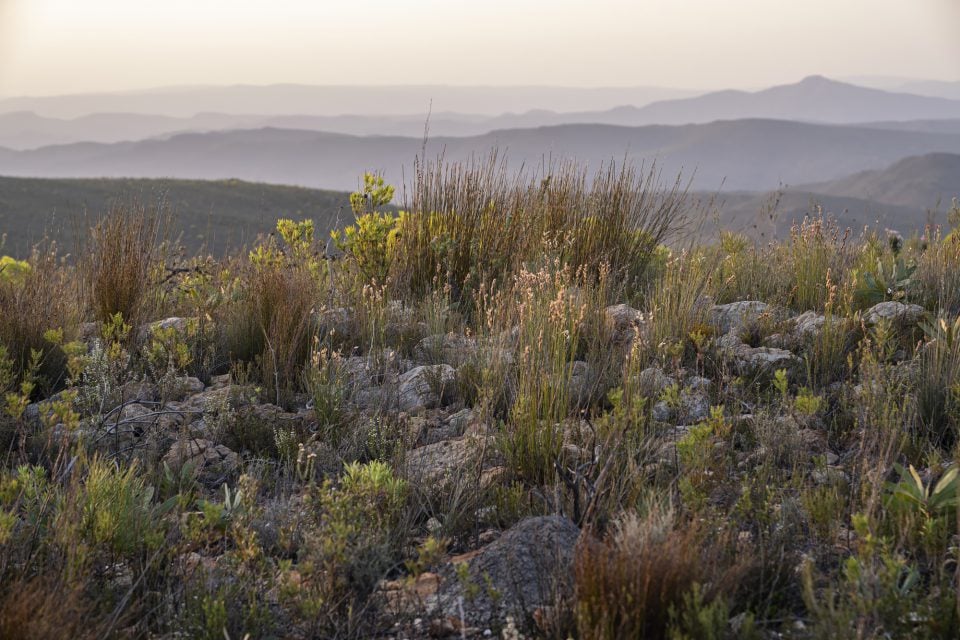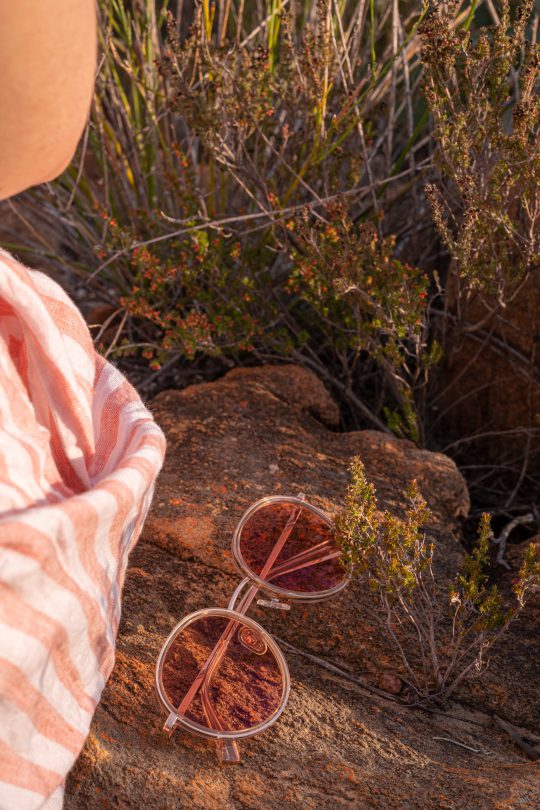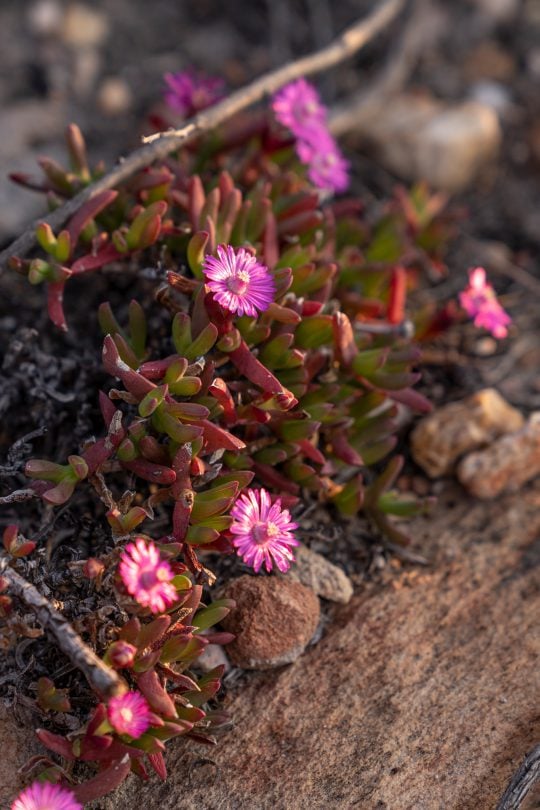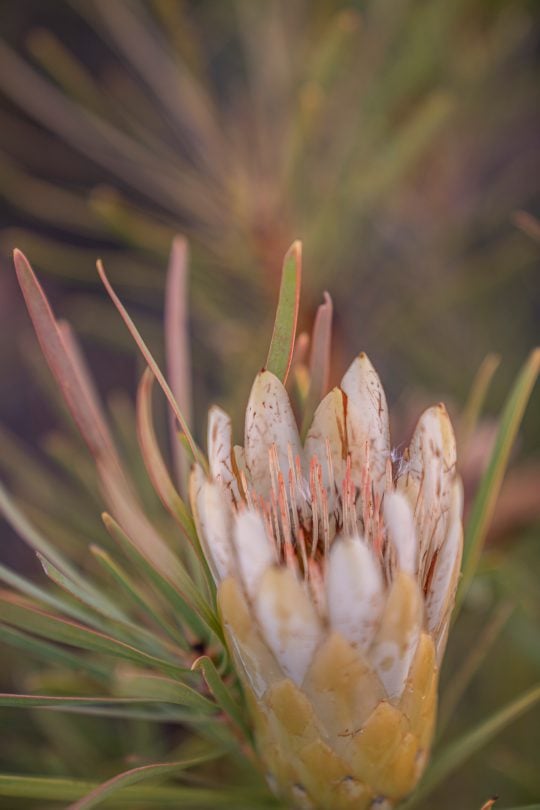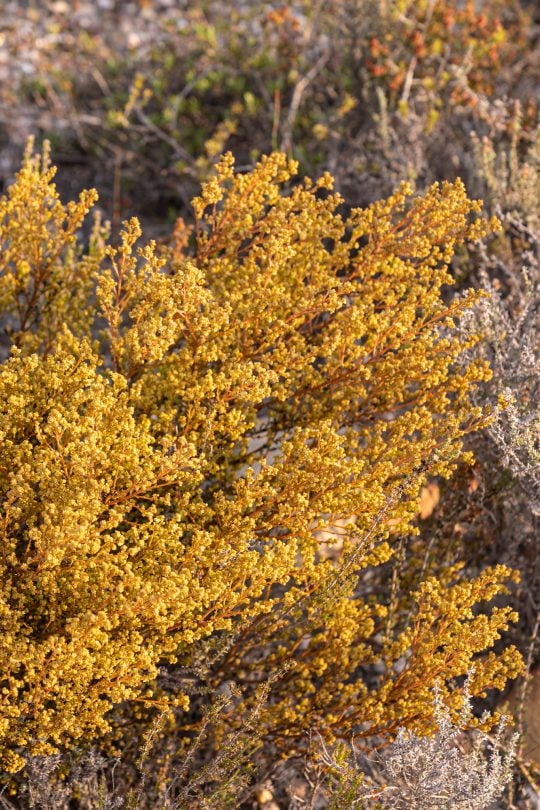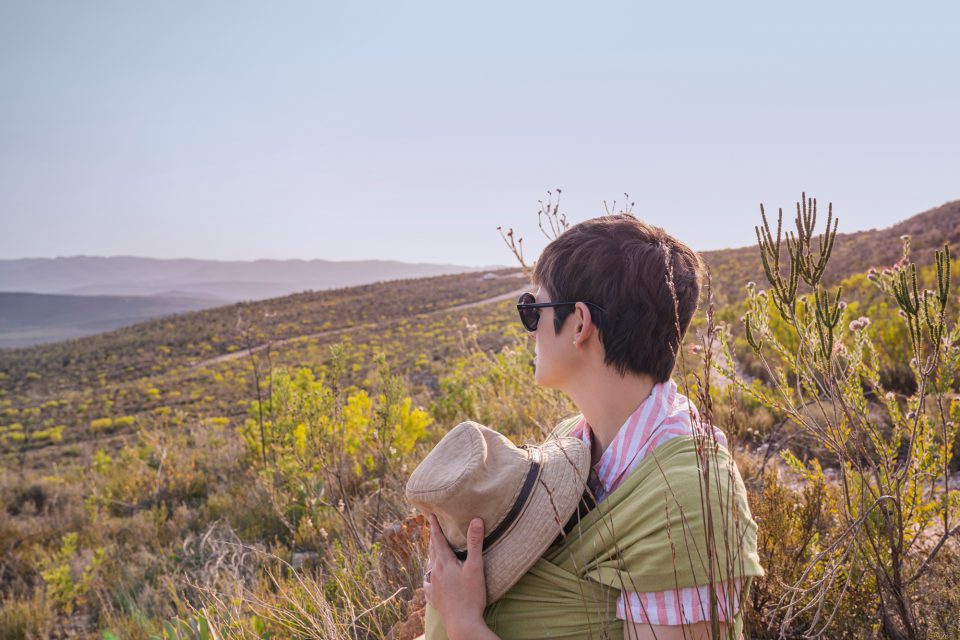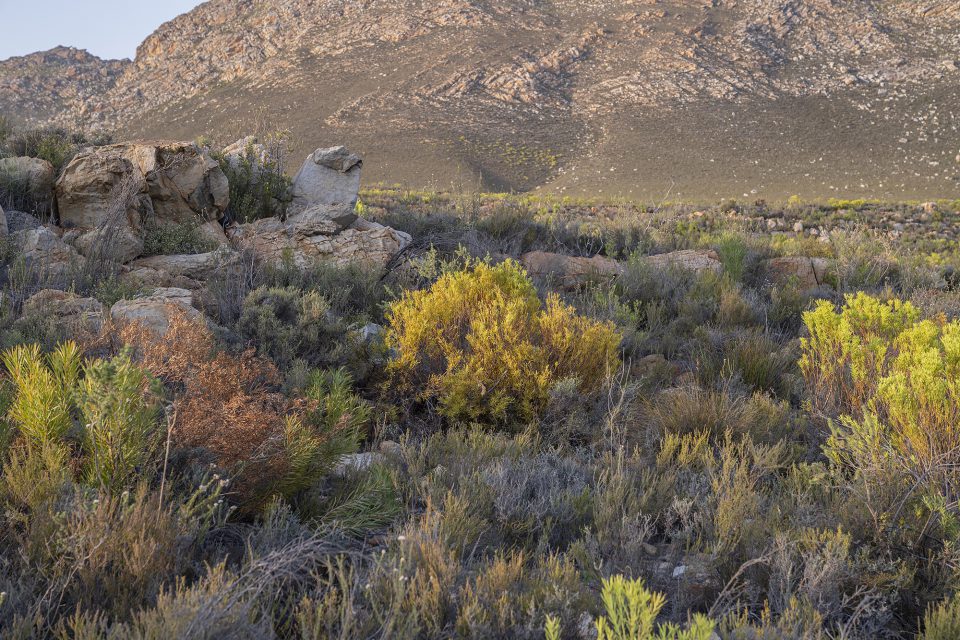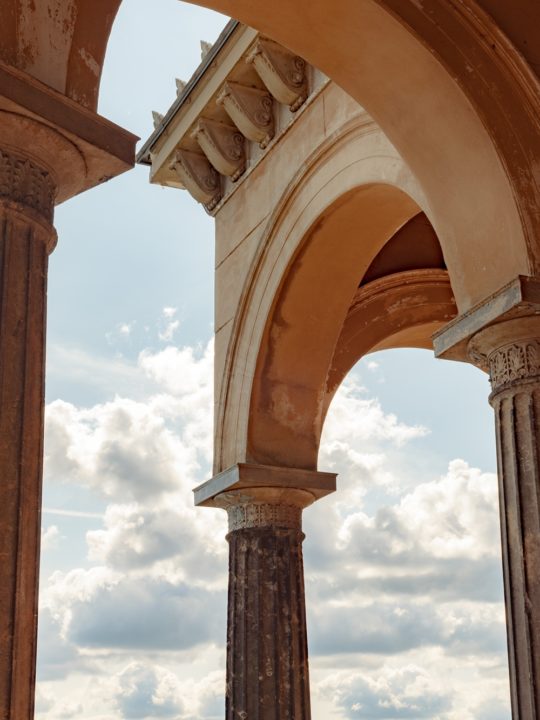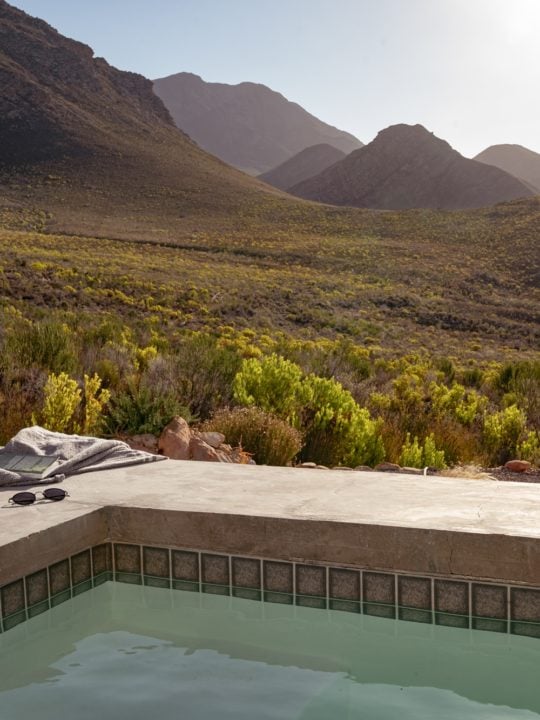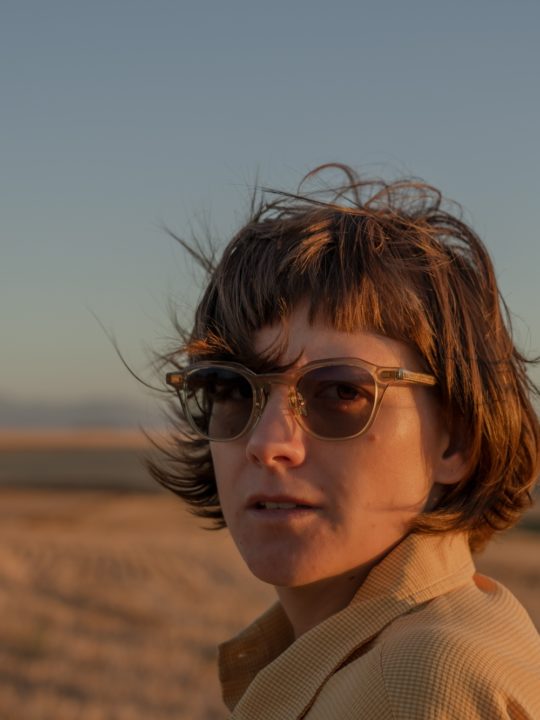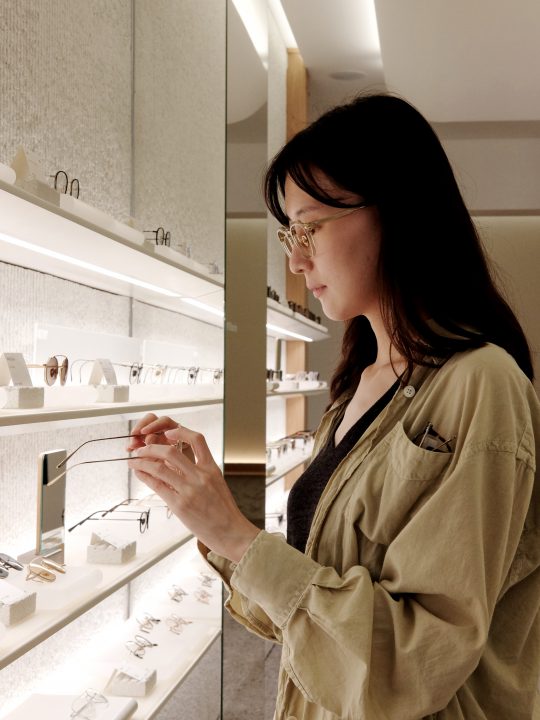ADAPTION AND ILLUSION
The Fynbos biosphere is a beautiful and uniquely delicate floral kingdom.
(2 MINUTE READ)
THE CURIOUS WONDER OF ONE FLORAL KINGDOM.
At the very southern tip of the African continent, lies the Cape Fold Mountains, silent and unmoving, like purple vertebra of gigantic sleeping beasts. At a glance the mammoth escarpment–cloaked in muted shrubland and dusty pink sandstone–appears hostile and barren. But nature’s trickery quickly unveils itself, as upon closer inspection, the landscape reveals a symphony of colour. But only to those who choose to explore it.
High up against the ridges, where the winds bluster and the sun scalds, an unusual species has found its reign; a kingdom of flowers so diverse, it’s rivaled nowhere else in the world.
Perhaps as an added defence to its already remarkable adaptation in tough climatic conditions and impoverished soil, the area creates an illusion to the faraway viewer. Mimicking the appearance of any other heathland, it looks rather dull and unassuming. Walk amongst it however, and the fynbos biosphere, as it came to be known, unfolds in a majestic floral tapestry.
The name refers to the physical features of some of the plants; with “fyn” denoting fine and “bos” meaning bush, much like the typical shrubby design and tiny florets of heather.
Growing in a roughly 200 kilometer belt from the West to the South East coast of South Africa, it is one of the world’s six floral kingdoms. But unlike those found elsewhere, the fynbos biosphere contains an extraordinary number of flowers, entirely unique to the area.
With over nine thousand species–6,200 of which are endemic to the region–the diversity of the fynbos is inimitable. With a genus containing thirty times more heather species than all of Europe combined, it is said to surpass tropical rainforests as the most diverse plant habitat on the planet.
With its giant crown shaped flower, the king protea is likely the better known species from the fynbos repertoire. But every month of the year brings about a new motif, each as intricate and curious as the next. Leucospermum cordifolium, quite aptly known as the pincushion protea, have tiny needle thin florets, protruding from an oval shaped center. Vygies on the other hand are flat and paper thin blossoms, that closes at sunset. Ericas look like tiny beads, clustered together like little bells trembling in the breeze.
Adding to its majesty, the fynbos vegetation is just as captivating when wilted and dried. When the sun sets or rises across the valley, casting golden rays over old and brittle shrubbery, they spring to life in a burst of colour. Like a flaming bush at dusk or dawn. This homage to fire is quite appropriate, as fire is absolutely essential to the fynbos lifecycle. Through the heat of the inferno, dead plant matter returns nutrients to the soil, while underground bulbs are brought to life by forcing open the unyielding seed cones. A process repeated century after century.
Despite As opposed to what the name might suggest, the fynbos species are incredibly robust. Hardened by a micro-climate that is severely unforgiving; tough winds, little rainfall and a scorching sun. But a large number of fynbos are extremely rare and in danger of extinction. Runaway wild-fires, exacerbated by invading species burn much too hot, incinerating the plants instead of reviving them. As with most species, a perfectly balanced ecosystem is paramount to its survival.
In all of its wonder, nature’s work is as fragile as it is magnificent. A priceless masterpiece.
How fine it is then, that we may enjoy it, with no more than a silent glance.


